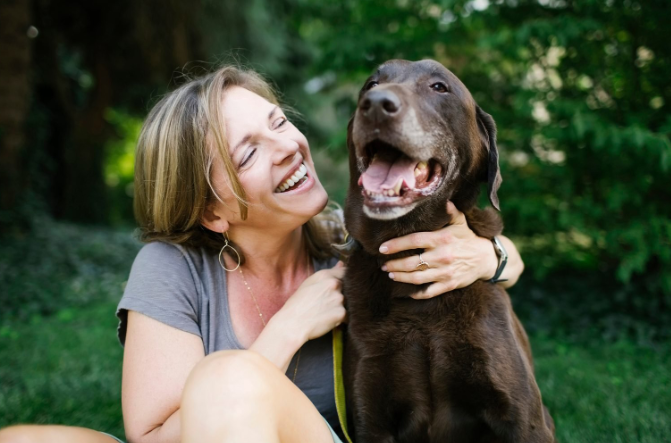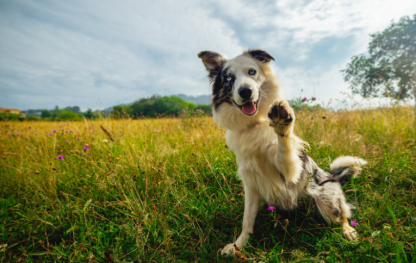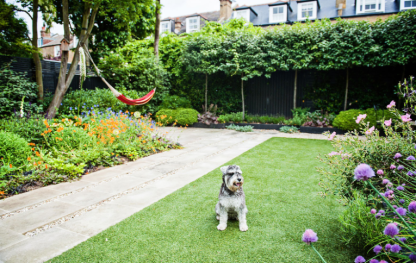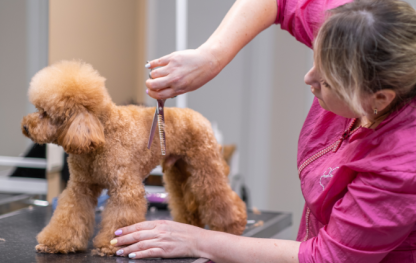Understanding Breed-Specific Traits: Tailoring Care to Your Dog’s Needs
Every dog is unique, but breed-specific traits can offer valuable insight into how your furry friend thinks, behaves, and thrives. From energy levels and grooming requirements to health concerns and temperament, breed characteristics shape a dog’s daily needs in more ways than one. For women who are deeply invested in providing the best care for their pets, learning about your dog’s breed—or mix of breeds—can help you tailor your approach and build a stronger, more harmonious relationship.
Whether you’re raising a purebred pup or caring for a lovable mix, understanding their natural instincts and physical traits allows you to better meet their emotional and physical needs. It’s not about putting your dog in a box, but about acknowledging what they were bred for—and how that plays out in your home today.

1. Energy and Exercise: Match the Activity to the Breed
Some dogs were bred to herd livestock, others to guard, hunt, or cuddle by the fire. Recognizing your dog’s natural drive is essential when it comes to exercise and stimulation. For example, Border Collies, Australian Shepherds, and other herding breeds often need intense daily activity and mental challenges to stay balanced. On the other hand, breeds like Bulldogs or Basset Hounds may prefer a slower pace and short walks over high-impact activities.
Tailoring exercise to your dog’s breed can prevent behavioral issues and help them feel fulfilled. For high-energy breeds, consider agility courses, puzzle toys, or scent-based games to channel their instincts productively. For low-energy companions, a daily walk and interactive playtime might be just right.

2. Grooming Needs: From Minimal to High-Maintenance
Grooming routines vary widely across breeds. Poodles, Shih Tzus, and other long-haired dogs may require frequent brushing and professional grooming every few weeks to prevent mats and keep their coats manageable. In contrast, short-haired breeds like Boxers or Beagles have low-maintenance coats but still benefit from regular brushing to reduce shedding and maintain healthy skin.
It’s not just about looks—grooming affects comfort, hygiene, and skin health. Knowing your dog’s coat type will help you set a realistic grooming schedule and invest in the right tools. Don’t forget to factor in breed-specific sensitivities like skin allergies, which are common in breeds like West Highland White Terriers and Retrievers.
3. Personality and Training Style
Temperament varies not just by individual dog, but by breed group. For instance, working breeds like Dobermans or Rottweilers often respond well to structure and firm, consistent training, while companion breeds like Cavalier King Charles Spaniels tend to be gentle and eager to please.
Understanding these traits can help you adjust your training methods. Highly independent breeds, such as Afghan Hounds or Shiba Inus, might require extra patience and creative motivation, while sociable breeds thrive on praise and positive reinforcement. Tailoring your approach builds trust and makes learning more rewarding—for both of you.

4. Breed-Specific Health Considerations
Many breeds are genetically predisposed to certain health issues. Golden Retrievers and Labradors, for example, are prone to hip dysplasia. Flat-faced (brachycephalic) breeds like French Bulldogs or Pugs may struggle with breathing and heat regulation. Knowing these tendencies allows you to be proactive with your dog’s care—whether it’s choosing the right diet, planning routine checkups, or avoiding situations that could trigger health problems.
Talk to your vet about your dog’s breed-specific risks and how to manage them. Preventative care is key to a longer, healthier life.
Final Thoughts
Understanding your dog’s breed traits is one of the most powerful tools you have as a pet parent. It helps you anticipate needs, avoid frustration, and build a life together that plays to your dog’s strengths. Whether your dog is a pedigree pup or a beautiful blend of breeds, honoring who they are at their core is the first step toward a happier, more balanced companion.





